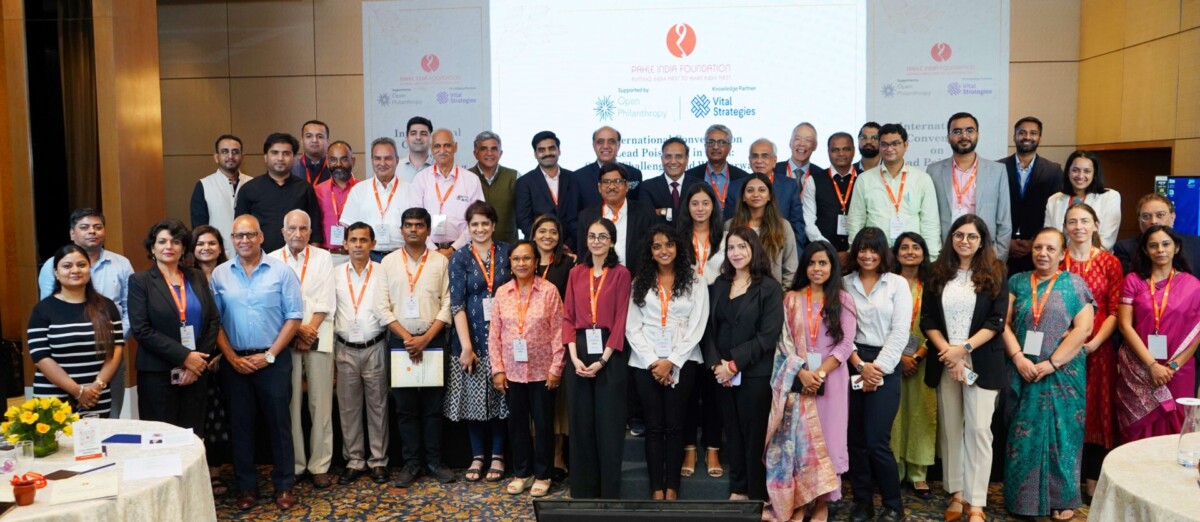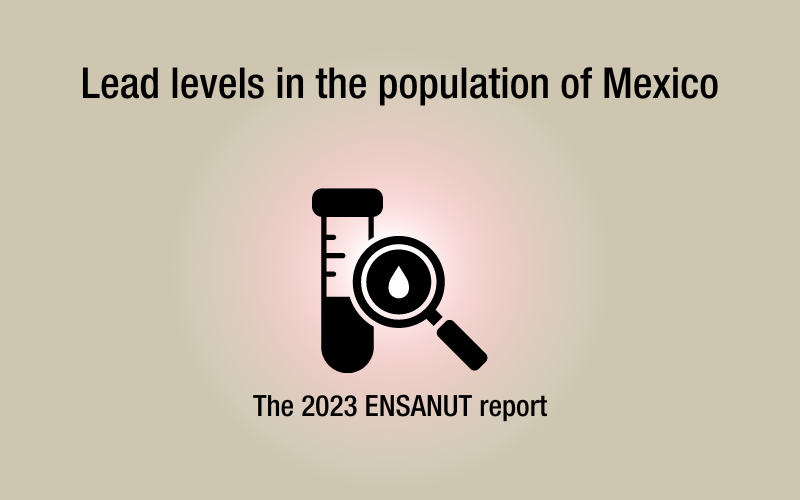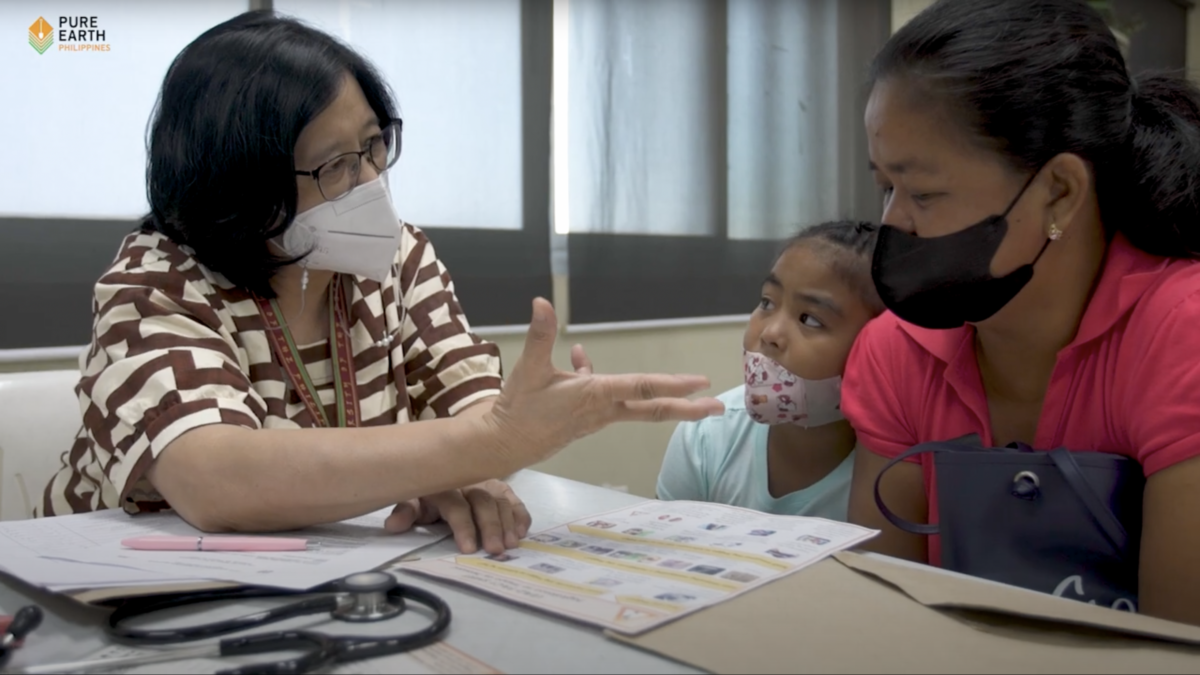HSBC and Blacksmith Institute Partner for a New MMORS Project
MANILA — August 29, 2013 — The project Protecting Livelihood, Human, and Ecosystem Health in the Philippines aims to reduce human health risks posed by toxic pollution in the Meycauayan-Marilao-Obando River System (MMORS), which is home to an extensive aquaculture industry. MMORS is one of the heavily contaminated river systems in the country. It is a catch basin of untreated household, commercial and industrial wastes, and a waterway that hosts thousands of hectares of aquaculture ponds and eventually discharges directly to Manila Bay. For many residents in the area, the aquaculture industry generates employment and brings food to the table.
The project, managed by Blacksmith Institute Philippines, Inc., was approved by HSBC in January 2013. This initiative is now under the HSBC Water Programme, a five-year program launched in 2012 and supported in the Philippines through the HSBC Global Banking and Markets Service Centers.
The MOA was signed June 5, 2013 at the HSBC Global Banking and Markets Operation Service Center located in UP-Ayala Land TechnoHub, Commonwealth Avenue, Diliman, Quezon City. Present were HSBC Officers: Senior Vice-President Richard Venables and Carlo Jose, President & Head of Service Delivery Philippines and members of the Blacksmith Institute’s Project Management Team: Larah Ibañez, Country Coordinator of Blacksmith Institute Philippines; Prof. Marlo Mendoza, Program Leader; Dr. Lorele Trinidad, Project Leader for Water Quality Monitoring; and Prof. Carla Edith Jimena, Study Leader for Employee Engagement.
The project will cover the pilot testing, evaluation and promotion of remediation technologies and fishpond management systems that will address contamination from the river water. These will be supported by the four major project components:
- Fishpond and River Quality Monitoring: This includes the conduct of baseline research on fishpond management and the creation of a river quality monitoring (RQM) structure that would systematize and encourage community participation in the conduct of the activity.
- Pilot Remediation: The project will pilot test various remediation technologies that will address heavy metal contamination in fishpond water. It aims to identify cost-effective technologies and determine best practices in fishpond operation and management in the area.
- Capacity Building, Policy and Organizational Development: This project involves building the capacity of local organizations, regulatory agencies and stakeholder groups (specifically of local Fisheries and Aquatic Resources Management Council (FARM-C) or local people’s organizations (POs) and MMO WQMA Board) in monitoring and replicating best practices in fishpond management, and pollution abatement and management. This component also includes the HSBC employee engagement program, which will be anchored on four core, mutually reinforcing and interdependent components: a) Human health (water quality and sanitation improvement); b) Safe and sustained livelihoods for coastal communities; c) Building local Capacities toward eco-stewardship and eco-governance; d) and community Partnerships toward Sustainable human ecosystems. HSBC employees will be volunteers, facilitators, monitors, and advocates as they get involved in various initiatives under the program, such as river quality monitoring, 3D relief mapping, community and school forum, and the yearly water summit.
- Community Education and IEC: This component addresses the knowledge, attitudes and practices/behaviour of key stakeholders involved in the project, while making the best use of communication to enhance the impacts of other project components. Community education activities and IEC materials hope to increase stakeholder awareness on pollution in the river, the pathway of pollution to the population, and interventions that could be done to address the problem; and increase stakeholder participation in interventions to clean up the river.
In 2008, Blacksmith Institute and the local stakeholder group in the area began efforts to rehabilitate the MMORS. Some of the achievements were (1) institutional interventions (e.g., declaration of the river system as a Water Quality Management Area (WQMA), institutionalization of the stakeholder group into a WQMA Board, and development of the 10-year action plan; (2) baseline information and data on river quality and aquatic resources, point sources of pollution and their processes, and community perception on pollution; (3) piloting and demonstrating the use of cost-effective technologies that small and informal industries could use to treat wastewater and wastes; (4) setting up hotline and quick-response teams; and (5) increasing awareness and participation in rehabilitating the river system.
The newly-approved project shall build on these initial gains by also looking into fishponds that use water from the toxically-contaminated river. Heavy metals bio-accumulate in fishes and other aquatic life forms and thereby pose significant health risks not just to people living near the MMORS but also in Metro Manila and other nearby areas.





